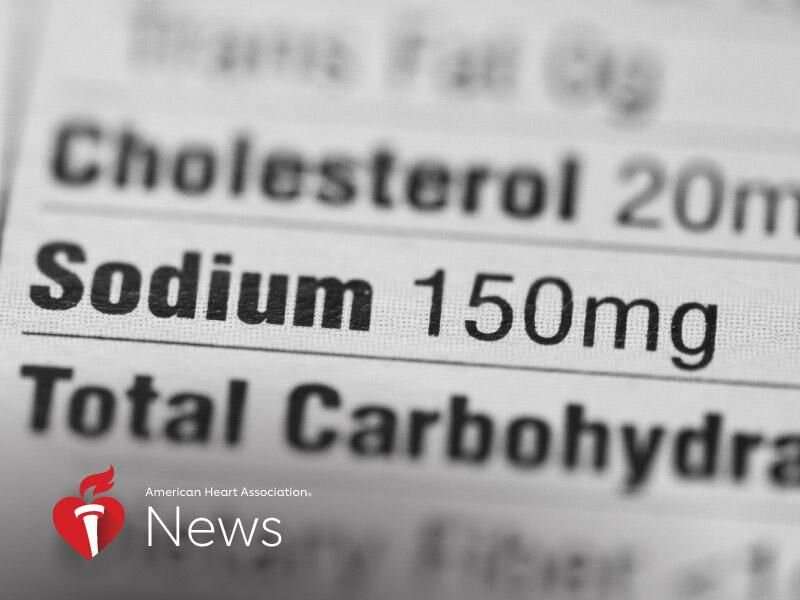Lower your sodium, and blood pressure will follow

Reducing sodium intake by any amount can lower blood pressure over the long term—and may benefit everyone, including people with normal blood pressure, new research shows.
While the link between consuming less-salty foods and lower blood pressure is well established, researchers wanted to understand the exact nature of the link over a range of daily sodium amounts, not simply the results of eating a high-salt versus low-salt diet.
After analyzing 85 studies that followed participants for up to three years, they found any reduction in sodium decreases both systolic blood pressure (the top number in a reading) and diastolic pressure (the bottom number). This trend was seen across a spectrum of daily sodium levels, with no evidence there was a bottom threshold in benefit.
“We found this decrease in sodium was beneficial for people consuming very low sodium intakes, having normal blood pressure, and in the long term,” said Dr. Marco Vinceti, senior author of the analysis published Monday in the American Heart Association journal Circulation. Vinceti is professor of epidemiology and public health at the University of Modena and Reggio Emilia Medical School in Italy and an adjunct professor at Boston University School of Public Health.
Too much sodium in your system promotes water retention in the bloodstream. Over time, the extra volume of blood can stress and stiffen blood vessels, making the heart work harder to maintain blood flow. The whole process can lead to an increased risk of heart attack and stroke.
The ideal daily sodium limit to maintain healthy blood pressure, and thus lower the risk for cardiovascular diseases, has been debated for years. While people do need some sodium—less than 500 milligrams a day—to maintain the body’s functions, most Americans eat far too much of it.
The average person consumes about 3,400 mg of sodium per day, and most of it comes from packaged and prepared foods, according to federal dietary guidelines. Those guidelines recommend adults consume no more than 2,300 mg per day—that’s about 1 teaspoon of salt—to avoid hypertension and cardiovascular disease. The AHA, however, recommends most adults limit daily intake to 1,500 mg.
Vinceti said the study’s findings support the AHA guidance. “The lower, the better,” he said. “Even below 1.5 grams (1,500 mg), there is a decrease in blood pressure.”
Indeed, for every 2,300 mg reduction in sodium intake, systolic blood pressure fell by an average of 5.6 millimeters of mercury and diastolic pressure fell by 2.3 mmHg.
The study is not a comprehensive assessment of sodium because it looked only at blood pressure as an outcome, Vinceti said. However, because uncontrolled high blood pressure is a top risk factor for heart disease, stroke and neurological conditions like dementia, “we think this is probably—as most people think—the most important point to be assessed,” he said.
The findings suggest people who reduce their sodium intake through eating a healthier diet could see significant impacts on cardiovascular health. Among the studies analyzed, those based on a modification of diet showed a bigger effect than those that used other interventions.
Simply eating healthier may itself be having an effect, said Dr. J. Brian Byrd, an assistant professor of internal medicine at the University of Michigan Medical School. He was not involved in the study.
“Just changing the amount of sodium in the diet had an effect in the study, no question,” he said. “But it seems like you magnify that effect when you improve your diet in general.”
Source: Read Full Article



